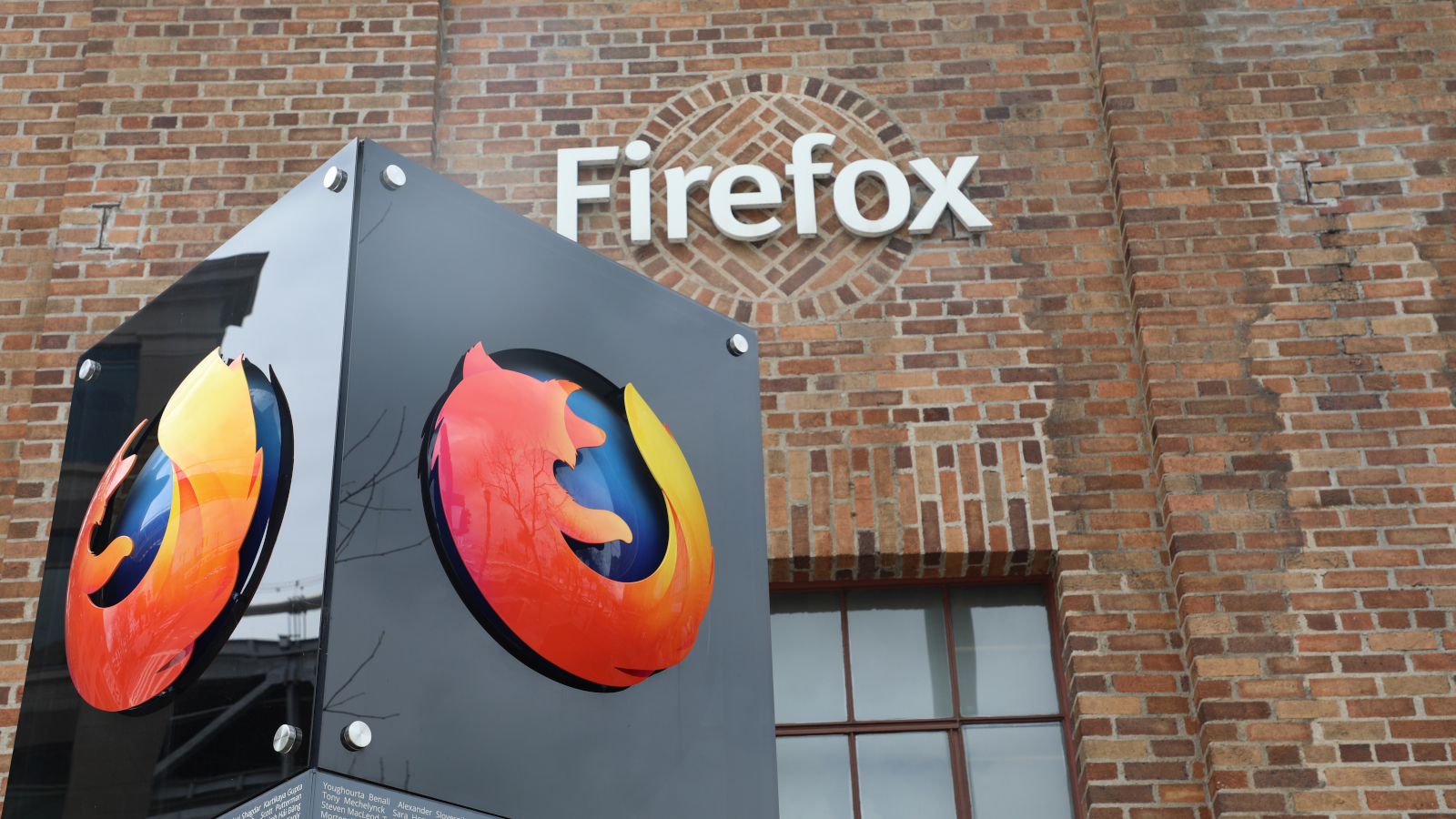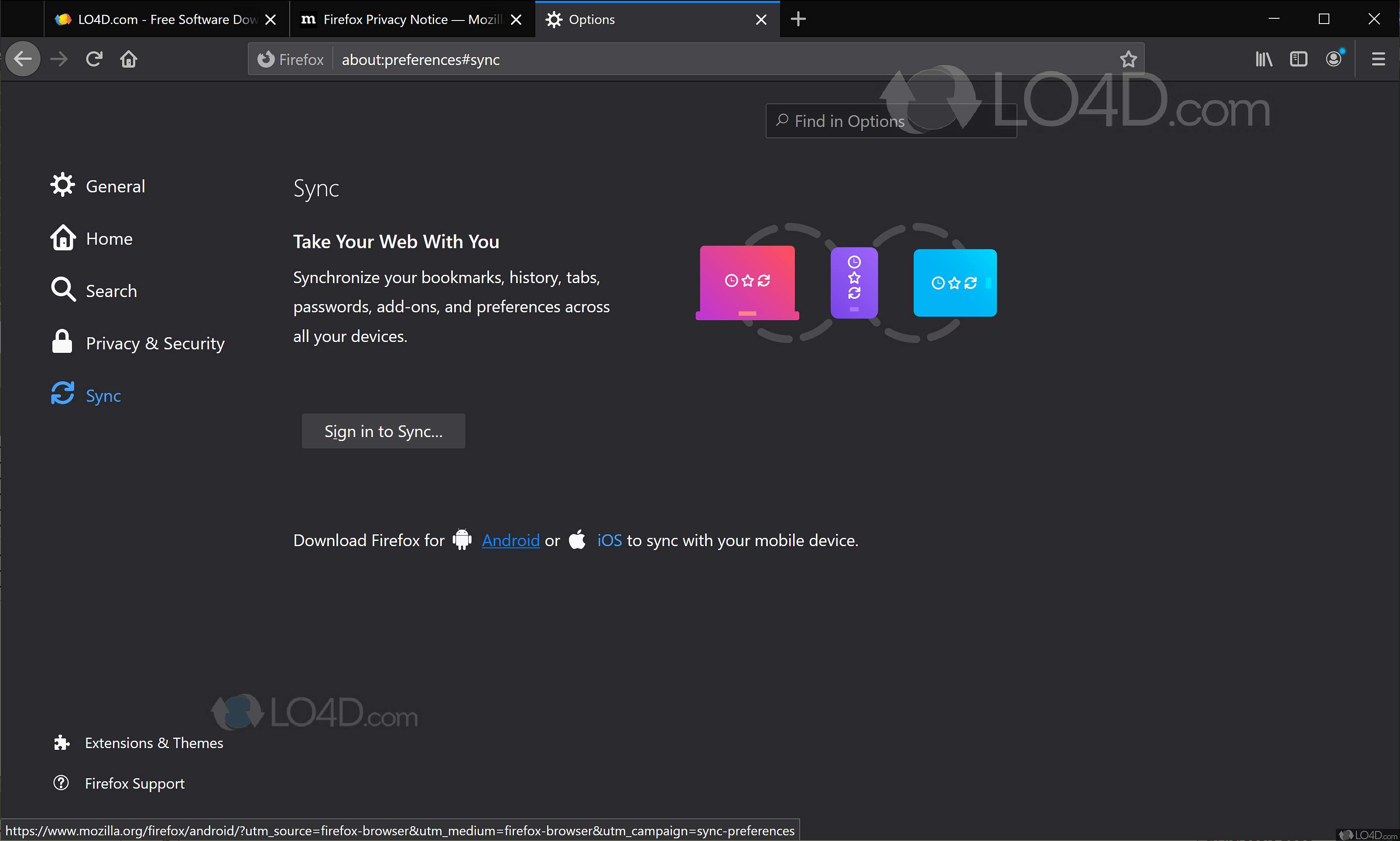
- Firefox esr windows how to#
- Firefox esr windows install#
- Firefox esr windows zip file#
- Firefox esr windows update#
- Firefox esr windows manual#
You can download a complete copy of the script, and other resources here. We will now move onto creating our supporting files. Save the script to your deployment share. I will leave it up to you to solve this within the script, but how you solve this needs to take into account how you will handle configuration changes (e.g.
Firefox esr windows install#
In this case, we don’t need to install Firefox, but we still want our customised configuration copied.Ī limitation of this script is that the configuration files will be copied on every boot of the computer (whilst they are very small, this is still undesirable).
Firefox esr windows update#
If Firefox was found to be a higher version than is installed by this script, it is possible that the automatic update function has updated to the latest version. $InstalledProductVersion = (Get-Command $InstalledFilePath).FileVersionInfo.ProductVersionġ0.
Firefox esr windows manual#
This will overwrite any manual installs of Firefox with our deployed version. If Firefox was found, we may still need to install the new version and copy the config files. Invoke-Expression “cmd.exe /c \\servername\sharename\Firefox\v31\FirefoxSetup31.2.0esr.exe -ms /INI=\\servername\sharename\Firefox\v31\config.ini”Ĭopy-Item $ConfigFile1Source $ConfigFile1DestinationĬopy-Item $ConfigFile2Source $ConfigFile2Destinationĩ. If Firefox is not found, we will install Firefox silently and then configure our install options in the file config.ini. IF (!(Test-Path -path $InstalledFilePath -pathType leaf))Ĩ. #Test to see if any edition of Firefox is installed. This command uses the previously defined variable to check if Firefox.exe is present. Next, we need to check if Firefox is already installed. $ConfigFile2Destination = “ C:\Program Files (x86)\Mozilla Firefox”ħ.

$ConfigFile1Destination = “ C:\Program Files (x86)\Mozilla Firefox\defaults\pref” $ConfigFile2Source = “\\servername\sharename\Firefox\v31\Firefox.cfg” $ConfigFile1Source = “ \ \servername\sharename\Firefox\v31\autoconfig.js” $InstalledFilePath = “C:\Program Files (x86)\Mozilla Firefox\Firefox.exe” For the moment just add them to the script with their intended file names.
Firefox esr windows zip file#
Due to how various web browsers will display this script, download the copy in the zip file rather than copy and paste from the script boxes. Here I will work through the script in parts so that you are able to customise it for your requirements. Note that the complete script is available for download at the end of this blog entry.

This seems to be the area where many people come unstuck.

Firefox will be automatically updated when a new ESR version is released, without the user requiring administrative rights over their local PC. This is performed by the Mozilla Maintenance Service, which is installed alongside Firefox. Updates will be handled via the in-built Firefox updating mechanism.This enables things like SharePoint to automatically login with the current windows user account. Configure several internal domain names to be trusted for NTLM authentication purposes.Disable the “Know your rights” website that can display on first run.Install Firefox using Group Policy to my Fleet of Windows 7 PCs.

What follows is a the process I used to install Firefox ESR 31.2 in my Windows 7/Windows Server 2008 environment, using nothing but native windows tools, and the Firefox install bundle. I suspect that most people have some very simple requirements when deploying Firefox. I myself have been in the second scenario, and eventually realised that everyone was overcomplicating this issue. You are encountering numerous websites that make it seem like deploying Firefox and customising some simple settings is a very difficult process.
Firefox esr windows how to#
If you have found this blog through searching for tips on how to deploy Firefox in the enterprise, you are likely in one of two camps.


 0 kommentar(er)
0 kommentar(er)
